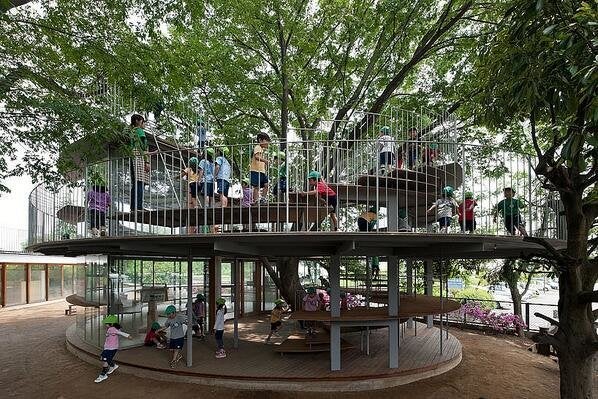
In his last book, How Children Succeed, author Paul Tough identified a litany ways that living in poverty can affect kids' brains, making it more difficult for them to regulate their emotions, control their behaviors and achieve in school. He also examined various noncognitive qualities -- like grit, perseverance and resilience -- that increase a child's chances of overcoming barriers and achieving positive outcomes.
Tough's latest book, titled Helping Children Succeed, outlines some antidotes to the structural disadvantages that poorer students face. If we want to provide the nation's most vulnerable learners with the skills they need to prosper, then we need to create a system that supports them from birth through high school.
It's something our nation currently fails to do. And as the share of children living in poverty grows -- in 2013, the percentage of students qualified for free or reduced-price lunch reached 51 percent -- the consequences could be immense.
Yet Tough highlights a number of programs around the country that are making a difference, helping parents and educators nurture and develop kids' noncognitive qualities by creating environments that let them flourish.
There's a home visiting program in Queens, New York, that gives parents and foster parents advice on how to respond to their kids. One preschool chain specifically caters to high-poverty students under age 3. A New York nonprofit gives educators access to social workers and training to work with struggling students. These programs offer rare but effective services to the kids who need them most.
"Intervening in the lives of disadvantaged children -- by educating them better in school, helping their parents support them better at home, or ideally, some combination of the two -- is the most effective and promising anti-poverty strategy we have," writes Tough. "When poor children grow up in an environment marked by stable, responsive parenting, by schools that make them feel a sense of belonging and purpose, and by classroom teachers who challenge and support them, they thrive, and their opportunities for a successful life increase exponentially."
We spoke with Tough about his new book and what policymakers could do to further support vulnerable children.
“Intervening in the lives of disadvantaged children -- by educating them better in school [and] helping their parents support them better at home ... is the most effective and promising anti-poverty strategy we have.”
- Paul Tough, author of Helping Children Succeed
Tell us about your new book.
When How Children Succeed came out in 2012, I had the experience of going around and taking to different groups of teachers -- especially groups of teachers working with low-income kids -- who were really interested in the book but wanted to know how can we take this sometimes abstract-seeming research from economics and neuroscience and psychology and put it into practice in our classroom to help kids succeed.
So that’s what this book is a new attempt to do, to provide some real practical solutions, based in research, for people who are working with kids growing up in difficult circumstances.
Have we been making progress in implementing programs that support noncognitive qualities, or is it something that is still largely neglected?
Both, I would say. I write in the book about a number of interventions, starting in early childhood and continuing in the classroom, that I think are really promising in terms of how to think differently about children’s environments in order to help them feel more motivated, feel more connected to education and work harder. But at the same time, what I say at the end of the book is the programs I talk about are really small and represent just a small minority of the kinds of experiences kids -- and especially low-income kids -- are having in American schools today. So you know, I feel a little bit both optimistic and pessimistic.
We know a lot more than we used to. There's a lot we could do differently -- it's just not happening.
In an ideal world, what supports would be in place from birth until high school graduation for low-income children?
It would be comprehensive. Even when kids do find the right kind of program, they feel like they got lucky, but not that they're part of a continuum of care. I think that if policymakers were thinking much more comprehensively about childhood, we would create a much different system.
But to think about the specifics of early childhood interventions, the ones that I feel are most promising -- and most underfunded -- right now are those that work directly with parents to give them support and tools that they need to create stronger bonds with their children. These interventions create an environment in the home that’s more calm and stable and all the things that we’ve come to understand are conducive to psychological growth in early childhood.
Later in early childhood, the programs I'm most excited about are ones that involve preschool, but have teachers who are trained to provide stability and calm and connection for children. I think that’s what they need as much as learning their letters and numbers.
In K-12 school, I read about this one study out of North Carolina that shows some teachers do something in the classroom to create a sense of connection in the classroom -- to make their students feel more motivated. Right now those teachers are scattered all over the place, and they're not recognized, they're not particularly celebrated. I think, in the education system, we need to focus more on what those teachers are doing to create more of a sense of motivation and connection for their students.
What are the obstacles to implementing these interventions? Lack of awareness or lack of funding?
Both of those.
On the school side -- it's hard. For individual educators, it's harder to do that kind of teaching on a daily basis. My sense is it's also more rewarding.
This interview has been edited for length and clarity.

